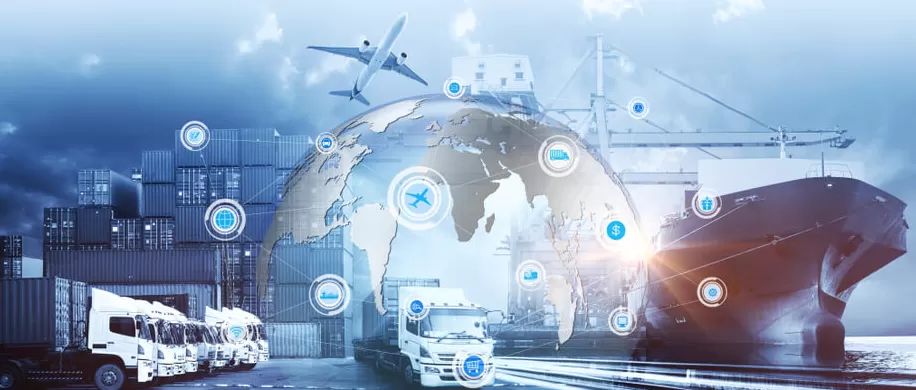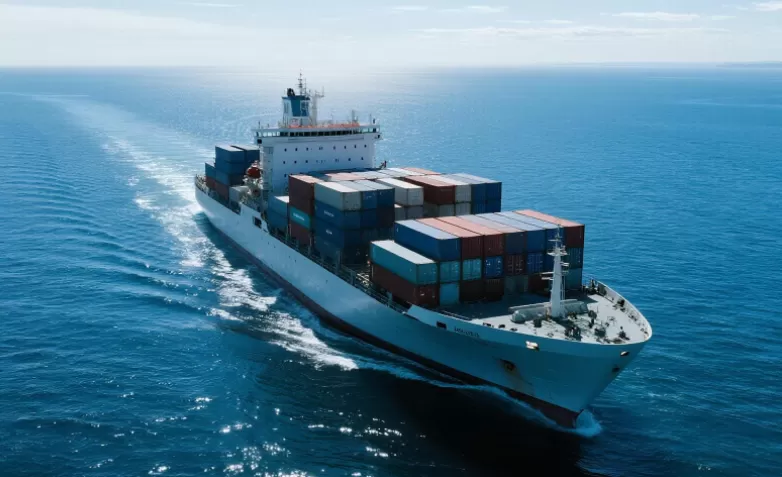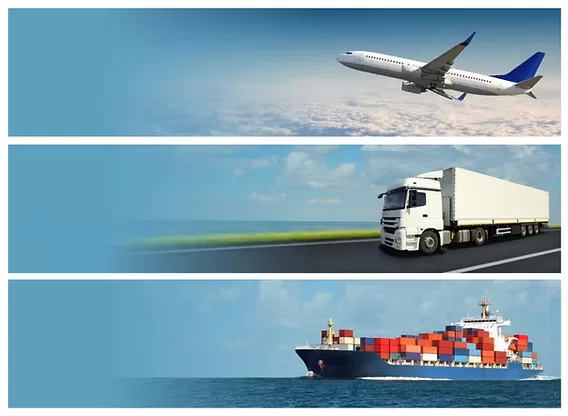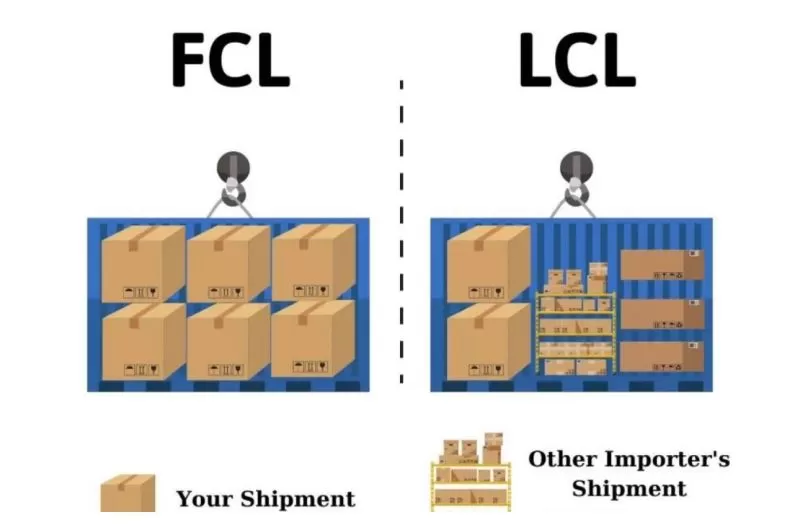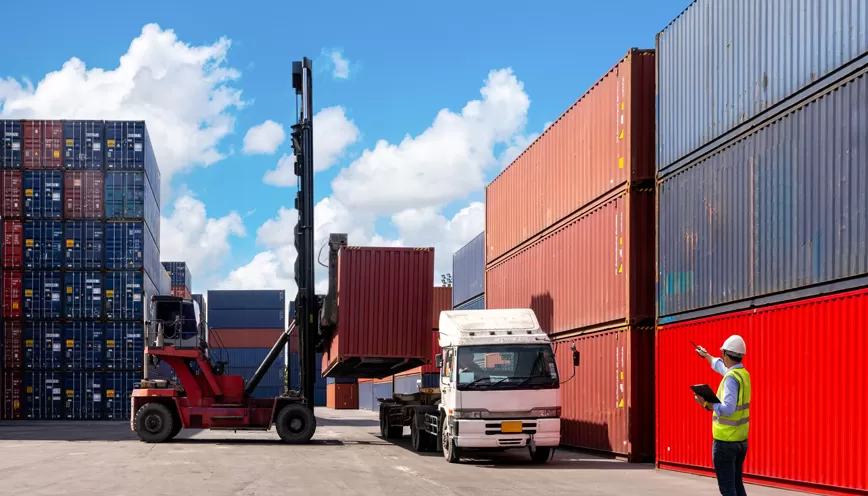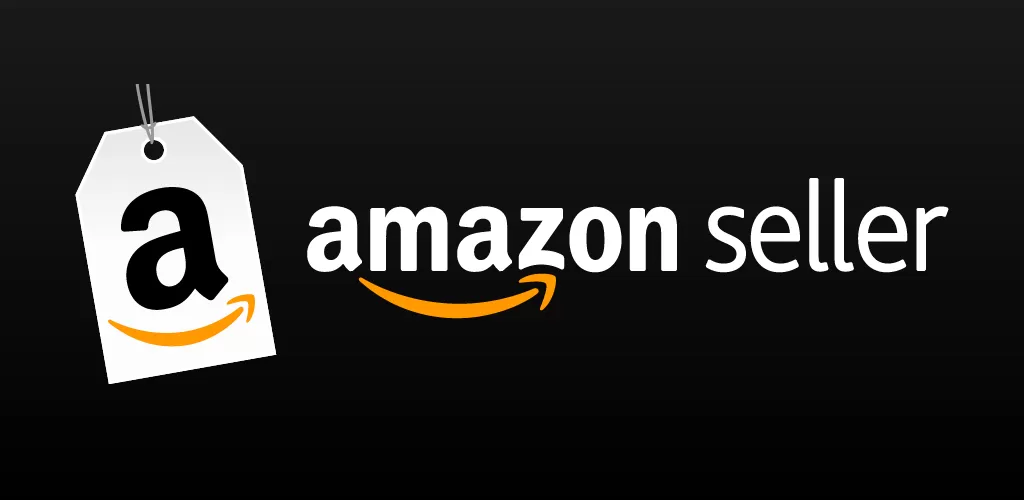Let's be honest: shipping goods by sea from China to Australia can feel like a black box. You get quotes that are hard to compare, timelines that seem vague, and the fear of hidden fees is always there.
Here’s the thing: it doesn’t have to be that way. This guide is designed to pull back the curtain. We’re going to walk you through every step, every cost, and every key decision you need to make. Think of this as a conversation with an experienced logistics consultant. By the end, you'll not only understand the process—you'll know how to optimize it for your business.
Are you ready?
Get real-time quotes for Australia
Get Quotes
In this guide, you'll find:
A transparent breakdown of ocean freight costs (with an interactive estimator).
A clear visual map of realistic transit times.
A simple flowchart to choose between FCL and LCL.
A step-by-step walkthrough of the entire shipping process.
Actionable strategies to reduce your shipping costs.
The lowdown on Australian customs clearance.
Why Your Choice of Freight Forwarder Matters More Than You Think
Here's something many importers don't realize until it's too late: a freight forwarder isn't just a company that moves boxes from point A to point B. Think of us as your supply chain navigator and risk manager rolled into one.
We Decode Complex Regulations Australian biosecurity rules can change without warning. We don't just read the rules—we live and breathe them. From understanding which wood treatments are acceptable to navigating the latest packaging requirements, we ensure your shipment meets every compliance standard before it even leaves China.
We Leverage Volume Discounts Here's the reality: the rates we negotiate with carriers are significantly better than what you can get on your own. We ship hundreds of containers monthly, which gives us buying power that individual importers simply can't match. These savings are passed directly to you.
We Solve Problems Before They Become Crises When a vessel is suddenly delayed or a crucial document goes missing, we don't wait for you to notice. Our network and expertise kick in immediately to find solutions—often before you're even aware there's a problem. It's the difference between a minor adjustment and a supply chain disaster.
The truth is, your choice of freight forwarder determines whether your supply chain runs smoothly and predictably—or becomes a constant source of headaches and unexpected costs.
The Real Cost of Sea Freight: A Transparent Breakdown
You need to know what you're really paying for. A sea freight quote isn't just one number; it's a sum of several components. Understanding these is your first step to cost control.
A typical sea freight cost is built on two main pillars:
The Ocean Freight Charge: This is the base cost for the sea journey. It's calculated per CBM (cubic meter) for LCL or per container for FCL. This rate fluctuates based on fuel costs, market demand, and carrier.
The Surcharges & Fees: This is where confusion often lies. Here are the most common ones:
Bunker Adjustment Factor (BAF): A surcharge to cover fuel cost changes.
Terminal Handling Charges (THC): Fees for handling the container at the origin and destination ports.
Currency Adjustment Factor (CAF): Adjusts for currency exchange rate fluctuations.
Sealing Fee: The cost for the mandatory seal on your container.
Bill of Lading Fee: The administrative cost for this crucial shipping document.
Let's talk numbers. While prices change daily, here's a realistic range for 2024 to set your expectations:
FCL (20' Container): $1,200 - $2,800 from major Chinese ports to Sydney/Melbourne.
FCL (40' Container): $1,800 - $3,800 on the same route.
LCL (Per CBM): $80 - $180 per CBM.
Get a Better Estimate Instantly:
Wondering how this applies to your shipment? Use this simple estimator as a starting point.
For LCL: If your cargo is 15 CBM, the estimated ocean freight cost would be between $1,200 and $2,700.
For FCL: If your cargo fits a 20' container, the estimated cost would be between $1,200 and $2,800.
Remember: This is for the ocean journey and base fees only. It doesn't include origin/destination trucking, customs clearance, or insurance. For a precise, all-inclusive quote tailored to your goods, get a custom quote here.
How Long Does It Really Take? A Realistic Timeline
"Roughly 20-30 days" is the standard answer, but you deserve better than that. Transit time depends heavily on the specific ports involved.
Here’s a breakdown of the main routes:
Shanghai to Sydney/Melbourne: This is the most direct and frequent route. Expect 18-25 days.
Shenzhen (Yantian) to Sydney/Melbourne: Another major route. Similar timing, around 19-26 days.
Ningbo to Brisbane/Fremantle: Services to these ports might be less frequent, potentially taking 22-30 days.
But the "sea time" is only part of the story. The door-to-door timeline is what really matters. Let's break down a typical 30-45 day door-to-door timeline:
Cargo Readiness & Pickup (2-5 days): You prepare your goods, complete documentation, and we arrange pickup from your supplier.
Origin Customs & Port Handling (3-5 days): The goods clear Chinese customs, are packed into the container, and wait for the assigned vessel.
Ocean Transit (18-30 days): The actual sea voyage.
Destination Port & Australian Customs (5-10 days): The ship arrives, containers are unloaded, and your cargo clears Australian Border Force (ABF) biosecurity and customs. This can be the most variable stage.
Destuffing & Final Delivery (2-3 days): The container is unpacked (destuffed) and the goods are delivered to your warehouse.
How to Choose: Sea Freight vs Air Freight vs Express
Sea freight is great for cost, but it's not always the right answer. Let's compare your main options so you can choose with confidence.
Sea Freight
Best For: High-volume, heavy, non-urgent goods
Cost Example: ~$150/CBM (LCL)
Transit Time: 20-35 days
Key Insight: Lowest cost, highest planning
Air Freight
Best For: Urgent, high-value, or perishable items
Cost Example: ~$4-8/kg
Transit Time: 5-10 days
Key Insight: The "speed vs. cost" balance
Express (e.g., DHL/UPS/FedEx)
Best For: Very urgent, small packages under ~70kg
Cost Example: ~$10-15/kg (all-inclusive, door-to-door)
Transit Time: 3-7 days
Key Insight: Ultimate simplicity and speed for small items
Simple Rule of Thumb
Here's how to quickly determine which shipping method makes the most sense for your needs:
For 1 CBM / 200 kg Shipment: Sea freight (LCL) will likely cost ~$150, while air freight could be ~$1,200. The choice is clear if you can wait.
For a 120 kg Pallet: Express becomes prohibitively expensive. You're now in Air Freight or Sea Freight territory.
Need it in 2 Weeks?: Air freight is your only realistic option for timely delivery.
What about "Sea-Air" or "Sea Express"? This hybrid service is gaining popularity, especially for Amazon sellers. It combines the cost-effectiveness of sea freight for the long haul with the speed of air or fast trucks for the final leg. It's a great middle ground when you need a balance between cost and delivery speed.
FCL or LCL? Your No-Nonsense Decision Guide
This is a crucial cost vs. control decision. Let's make it simple.
FCL vs LCL: Choosing the Right Container Option
FCL (Full Container Load)
Best For: Cargo volume >15 CBM or heavy, uniform pallets
Cost: Per container. More predictable
Speed: Generally faster port transit as there's no consolidation
Security & Risk: Only your goods in the container. Lower risk of mix-ups
Flexibility: You need to fill the container to be cost-effective
LCL (Less than Container Load)
Best For: Cargo volume <15 CBM, flexible timelines
Cost: Per CBM. Can be cost-effective for small loads
Speed: Slower due to consolidation/deconsolidation at both ends
Security & Risk: Your goods are alongside others in a shared container
Flexibility: You can ship any volume
A Special Note for Furniture Importers Now that you know the basics of FCL and LCL, let's talk about a common specialty: furniture. If you're shipping furniture, the FCL vs. LCL decision becomes even more critical.
Here’s the thing: FCL is almost always the way to go for furniture. It’s not just about avoiding damage from other people’s goods in an LCL container—it’s about simplifying the strict Australian biosecurity process. When your furniture is the only thing in the container, it's much easier to manage inspections and any required treatments.
The biggest risks with furniture aren't the shipping costs themselves, but the potential for massive delays and hidden fees at the border. If your wooden furniture has any bark attached, or if it lacks the proper heat treatment certificate, the entire container can be held up, costing you hundreds per day in storage and mandatory fumigation fees.
In short, getting your furniture through Australian biosecurity requires a specific playbook. We've created a dedicated guide that covers everything from the right packaging to the exact documents you need.
Service Level: Door-to-Door vs. Port-to-Port
One of the most important decisions you'll make is how much of the shipping process you want to handle yourself.
Port-to-Port (P2P) This is a basic service where we handle the ocean freight from port A to port B. You are responsible for the rest of the journey.
Your Responsibility: Getting goods to the Chinese port, all Australian customs clearance, import taxes and duties payment, final delivery to your warehouse, coordinating with local trucking companies.
We Handle: Ocean freight from China to Australia, basic port operations.
Best for: Experienced importers with established customs brokers and trucking contacts in Australia.
Door-to-Door (D2D) This is our comprehensive service where we handle everything from start to finish.
We Handle Everything: Pickup from your supplier in China, local trucking to Chinese port, ocean freight to Australia, Australian customs clearance, all biosecurity requirements, tax and duty calculations, final delivery to your warehouse door.
Key Benefits: Single point of contact, one consolidated invoice, reduced risk and complexity, end-to-end visibility.
Our Recommendation Unless you have a dedicated logistics team in Australia, choose Door-to-Door. The convenience, reduced risk, and time savings are almost always worth the slightly higher cost. Think of it as insurance against the countless things that can go wrong when coordinating multiple vendors across international borders.
The Step-by-Step Shipping Process Demystified
Knowing what comes next eliminates stress. Here’s the playbook for a standard door-to-port or door-to-door shipment.
Get Your Quote & Book: You provide cargo details (volume, weight, type). We give you a firm all-in quote. You book the shipment.
Cargo Reception & Documentation: We arrange pickup from your supplier's factory. You provide commercial documents (like the Commercial Invoice and Packing List).
Origin Customs & Export Formalities: We handle the export customs declaration in China. For you, this step is mostly invisible.
The Ocean Voyage: Your container is loaded onto the vessel. We provide you with the Bill of Lading and the vessel details so you can track its journey.
Arrival & Australian Customs Clearance: This is critical. Before the ship arrives, your Australian customs broker (which we can arrange) will submit documents to the ABF. This includes: Commercial Invoice & Packing List, Bill of Lading, Import Declaration, and any required permits.
Port Delivery & Destuffing: Once customs and biosecurity are cleared, your container is released from the port. It's trucked to a warehouse where it's unpacked.
Final Delivery: Your goods are delivered to your specified address.
Pro Tip: The documentation is the backbone of a smooth shipment. To make sure you're 100% prepared, we've created a definitive Australian Imports Document Checklist.
Everyone talks about saving money, but here are specific, actionable tactics you can use.
Consolidate Your Shipments: Instead of multiple small LCL shipments, try to consolidate orders into one larger FCL shipment.
Optimize Your Packaging: Work with your supplier to use packaging that is strong but space-efficient. Every centimeter you save adds up.
Be Flexible on Your Arrival Port: Shipping to Sydney or Melbourne is common, but sometimes a less congested port like Brisbane or Fremantle can be cheaper.
Plan Around Peak Seasons: Avoid shipping around Chinese New Year (Jan/Feb), Golden Week (Oct), and the pre-Christmas rush when rates are highest.
Partner with a Forwarder Who Buys in Volume: A good freight forwarder has pre-negotiated rates with carriers due to their high volume, getting you a better rate.
Pro Tip: Advanced Cost-Saving for Furniture
Go Green with Your Packaging: Ask your supplier to use recyclable or non-wood materials (like metal frames or paper corner guards) instead of raw timber to avoid surprise "waste disposal fees".
Master the Mix: Use a professional "container load plan" to mix and match different furniture pieces to maximize every inch of space, lowering the average cost per item.
Shipping for Amazon FBA Sellers: Get It Right the First Time
Shipping to FBA warehouses? The rules are completely different. Compliance and timing are what really determine your success.
The Amazon FBA Challenge Amazon has zero tolerance for mistakes in labeling, palletization, and appointment scheduling. Get any of these wrong, and your shipment faces rejection, costly redirects, and accumulating storage fees.
Our Amazon-First FBA Solution We transform your goods into Amazon-ready shipments that get accepted.
FBA Labeling & Poly-bagging: We ensure every item meets Amazon's exact labeling requirements, including FNSKU barcodes, suffocation warnings, and removal of conflicting barcodes.
FBA Palletization Excellence: We build pallets that pass Amazon's strict inspection, meeting height/weight limits, proper stretch wrapping, and accurate labeling.
SPD Appointment Management: We navigate Amazon's complex scheduling system, monitoring availability and coordinating with carriers to meet strict delivery windows.
The Bottom Line for FBA Sellers: We make sure your shipment doesn't just arrive in Australia—it gets accepted by Amazon and ready for sale.
Why Trust Matters: Seeing is Believing
Case Study: Streamlining Furniture Imports for "Sydney Living"
The Challenge: A growing furniture retailer was using inconsistent LCL shipments, leading to unpredictable costs and stock delays.
Our Solution: We analyzed their annual volume and shifted them to dedicated FCL shipments, consolidating orders from three different suppliers.
The Result: A 22% reduction in their average shipping cost per item and a consistent 28-day door-to-door timeline.
Case Study: How We Saved an $80,000 Furniture Shipment from Quarantine Hell
The Client: "Sydney Modern Living," a new furniture retailer.
The Problem: Their first 40ft container was flagged by Australian Border Force (ABF) due to an invalid heat treatment certificate and raw wood packing. It was seized, facing forced fumigation and daily demurrage fees.
Our Solution: We managed the crisis by liaising with the supplier for a compliant certificate and coordinating with a licensed fumigation company to navigate ABF requirements.
The Result: We created a foolproof supplier checklist for them. Their next 12 containers all cleared customs smoothly, with a 15% reduction in their overall landed costs.
freight forwarding
Get real-time quotes for Australia
Get Quotes
Frequently Asked Questions
Q1: What happens if my goods arrive at the Australian port before my documents are ready? A: This creates a major issue. Your cargo will be held at the port, unable to be cleared, which quickly leads to expensive storage fees (demurrage). Documents must be finalized and submitted before the ship arrives.
Q2: Are there any goods that are completely prohibited from being shipped to Australia? A: Yes. Common examples include asbestos, certain weapons, counterfeit goods, and some protected wildlife products. Always check the ABF website for the definitive list.
Q3: How does "volumetric weight" work for LCL sea freight? A: You are charged based on whichever is greater: the actual volume (CBM) or the volumetric weight. The standard formula is 1 CBM = 1000 kg. So, a 2 CBM shipment weighing 2500 kg will be charged as 2.5 CBM.
Q4: What is the difference between demurrage and detention charges? A: Demurrage is the charge for your full container sitting at the port terminal beyond the allowed "free time." Detention is the charge for holding onto the empty container for too long after it has been unpacked.
Q5: My goods need special temperature control. Can I ship them via sea freight? A: Absolutely, using specialized reefer (refrigerated) containers. You must inform your freight forwarder in advance to book the correct equipment.
Q6: What is "cargo insurance" and is it different from the "carrier's liability"? A: They are very different. Carrier's liability is very limited and only covers loss if they are proven negligent. Marine Cargo Insurance is a separate policy you purchase to protect your goods against "all risks" like fire, sinking, or theft. We highly recommend it.
Q7: What exactly is a "customs broker" and what do they do? A: A licensed customs broker is your official representative to the Australian Border Force. They provide expert advice, ensure compliance with complex laws, calculate duties and taxes, and secure the release of your goods.
Q8: Can I pack multiple different product types into one single container? A: Yes, but you must be transparent. Your Packing List and Commercial Invoice must detail every single item. Mixing goods can be problematic if they have different import restrictions, which could hold up the entire container.
Q9: What is a "Pre-Shipment Inspection" and when would I need one? A: Some products, like certain electronics or machinery, may require a Pre-Shipment Inspection in China to verify they meet Australian standards. Your freight forwarder can advise if this is needed for your goods.
Q10: How far in advance should I book my sea freight shipment? A: Aim to book at least 2-3 weeks before your cargo is ready. During peak seasons (like before Chinese New Year), 4-6 weeks of lead time is advisable to secure space and the best rate.

 EN
EN
 FR
FR
 ES
ES
 JA
JA
 PT
PT
 RU
RU
 AR
AR
